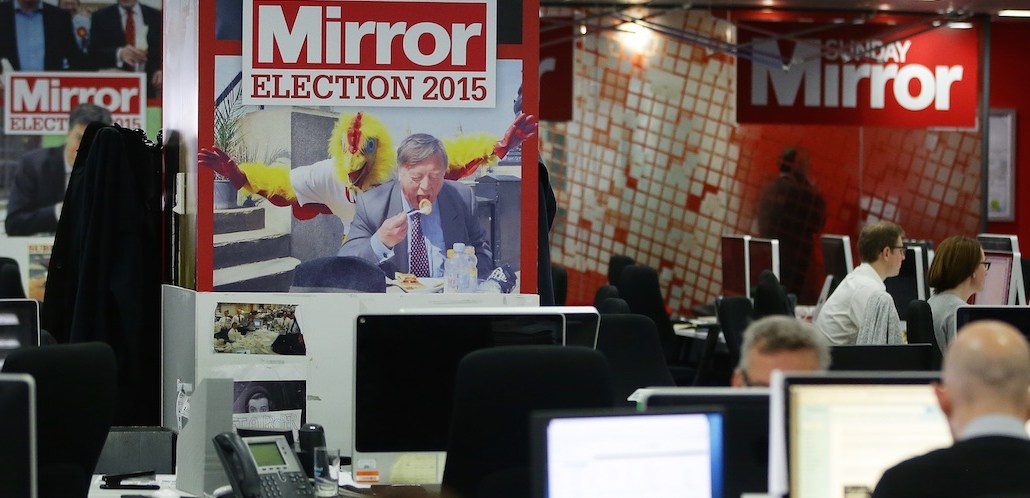
Trinity Mirror’s 10-person data-visualization unit wants to use cool graphics to get people interested in serious issues like crime, drugs and alcohol, and health issues.
The centralized group of graphic designers, videographers, coders and data reporters provides the company’s dozens of regional titles and nationals like The Mirror with interactive visualizations that dive into the data.
“People want to know how their area compares to others near them,” said Claire Miller, senior data journalist at the publishing group. “It has the local, personal, interactive element that drives engagement.”
A recent interactive on several of Trinity’s regional sites lets people enter their area code to find out how it compares to the rest of England when it comes to drugs and alcohol. Previously, this would have been shown through heat maps. But with 19 million monthly users coming from mobile devices (out of 28 million overall, according to comScore), the visualizations had to adapt.

“For the most part, we’ve ditched maps; they don’t make sense to people unless there’s a very clear divide,” said Miller. “Mobile has to be straightforward; we have to find the ways of not overloading people and taking space up on their screens.” This means sparse text laid out vertically, multiple tabs or sliding scales to visually show the information in the best way.
In 2013 the company spotted an opportunity to make its data output more efficient by having the unit, then just two people, work across all the titles. The unit, now across offices in Cardiff and Manchester, works on quick and dirty visualizations and long-term evergreen projects, using data from the Office of National Statistics, or information held by public sector organizations. Trinity Mirror takes the same centralized approach with its product team, which is mostly based in London.
In August, Trinity Mirror published its biannual study on the country’s best schools, compiling 25 data sets. Each school receives its own page and is scored on its rank overall, level of teaching, attendance and outcomes, among others criteria. It’s published over 25 Trinity Mirror sites. Usually, each month it’s posted it gets between 10,000 and 20,000 pageviews, putting it in the top-20 monthly performing articles.
For the most part, these appear on each title’s website, but Trinity Mirror has also created graphic generators within its content-management system, so reporters can use the template to make their own graphics in minutes by adding in their title’s logo and the text they want over a watermarked image. These are posted to social media linking back to the story. For instance, during the American election, reporters could create their own graphic, easily shareable on social media. “The problem with this is you end up with a lot of similar-looking graphics,” said Miller.
More in Media

The biggest SEO lessons in 2025 for publishers
KPIs are changing, more AI search data is becoming available, and publishers are looking beyond search to grow their audiences and revenue.

Digiday’s comprehensive guide to what’s in and out for publishers in 2026
Adaptability stopped being a nice-to-have for publishers years ago; it became a survival skill. Here’s a look at Digiday’s guide to what’s in and out for 2026.

Here are the biggest moments in AI for publishers in 2025
Here are some of the moments that defined how publishers adapted to the AI era this year.








